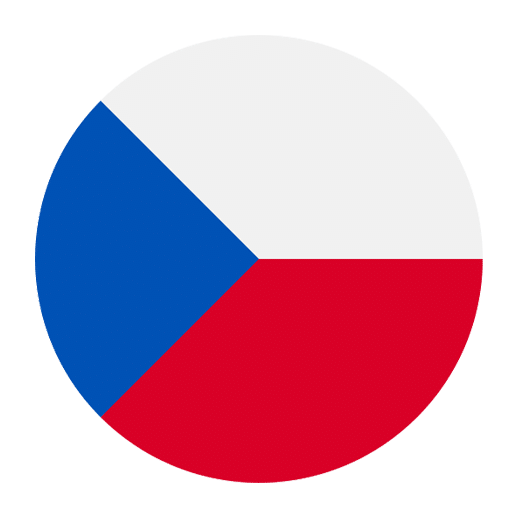Learning a new language is an exciting journey that opens up a world of new opportunities. For English speakers delving into Czech, a Slavic language known for its complexity and rich history, the journey can be particularly rewarding. However, Czech has its own set of challenges, especially when it comes to words that look and sound similar but have entirely different meanings. Two such words are “trh” and “trhat.” These words may seem confusing at first, but with a little explanation, you’ll soon be able to distinguish between them effortlessly. In this article, we’ll explore the meanings, usage, and context of “trh” and “trhat” in Czech.
Understanding “Trh”
“Trh” is a noun that means “market.” In Czech, markets are a significant part of the culture, where people gather to buy and sell a variety of goods, from fresh produce to handmade crafts. The word “trh” can be used in different contexts to describe various types of markets.
For example:
– **Farmářský trh** – Farmer’s market
– **Vánoční trh** – Christmas market
– **Bleší trh** – Flea market
When using “trh” in a sentence, it functions just like the English word “market.” Here are a few examples:
– **Jdu na trh koupit zeleninu.** – I’m going to the market to buy vegetables.
– **Na Vánočním trhu prodávají krásné ozdoby.** – They sell beautiful ornaments at the Christmas market.
Types of Markets
In Czech culture, markets are varied and vibrant, each with its own unique charm. Let’s take a closer look at some of the different types of markets you might encounter:
1. **Farmer’s Market (Farmářský trh)**
– These markets are typically held outdoors and feature fresh produce, dairy products, meats, and handmade goods directly from local farmers and producers. They are popular for their fresh and organic offerings.
2. **Christmas Market (Vánoční trh)**
– Held during the festive season, Christmas markets are a magical experience. They feature stalls selling Christmas decorations, gifts, traditional Czech foods, and beverages like mulled wine.
3. **Flea Market (Bleší trh)**
– Flea markets are treasure troves for those looking for second-hand items, antiques, and collectibles. They offer a wide range of goods, from vintage clothing to old books and furniture.
Understanding “Trhat”
On the other hand, “trhat” is a verb that means “to tear” or “to rip.” This verb is used when describing actions that involve tearing something apart, whether it’s paper, fabric, or even metaphorically tearing something apart emotionally.
For example:
– **Musím trhat ty staré papíry.** – I need to tear these old papers.
– **Děti trhají papíry na malé kousky.** – The children are tearing the papers into small pieces.
“Trhat” is a regular verb, and its conjugation is straightforward. Here’s a quick look at how it conjugates in the present tense:
– **Já trhám** – I tear
– **Ty trháš** – You tear (singular, informal)
– **On/ona/ono trhá** – He/she/it tears
– **My trháme** – We tear
– **Vy trháte** – You tear (plural or formal)
– **Oni trhají** – They tear
Different Uses of “Trhat”
The verb “trhat” can be used in various contexts, both literal and figurative. Let’s explore some of its different applications:
1. **Literal Tearing**
– **Trhat papír** – Tearing paper
– **Trhat látku** – Tearing fabric
– **Trhat květiny** – Picking (tearing off) flowers
2. **Figurative Tearing**
– **Trhat se od něčeho** – To tear oneself away from something (used figuratively to describe a difficult separation or distraction)
– **Trhat rekordy** – To break (tear) records (used figuratively in sports or achievements)
Common Confusions and Tips
Given the similarity in appearance and sound between “trh” and “trhat,” it’s easy to confuse the two, especially for beginners. Here are some tips to help you remember the difference:
1. **Context Matters**
– Pay attention to the context in which the word is used. If the sentence is talking about a place where goods are bought and sold, it’s likely “trh.” If it’s describing an action involving ripping or tearing, then it’s “trhat.”
2. **Word Endings**
– Notice the endings of the words. “Trh” is a noun and doesn’t change form, whereas “trhat” is a verb and will change form depending on the subject and tense.
3. **Practice with Examples**
– Create your own sentences using both words to practice their meanings and usage. The more you use them, the easier it will be to remember the difference.
4. **Visual Imagery**
– Associate “trh” with an image of a bustling market and “trhat” with the action of tearing something. Visualizing these scenarios can help reinforce their meanings in your memory.
Conclusion
Learning Czech can be a challenging but immensely rewarding experience. Understanding the nuances of similar-sounding words like “trh” and “trhat” is a crucial step in becoming proficient in the language. Remember that “trh” is a noun meaning “market,” and “trhat” is a verb meaning “to tear.” By paying attention to context, practicing with examples, and using visual imagery, you can confidently distinguish between these two words.
As you continue your language learning journey, don’t be discouraged by the complexities. Embrace the challenges and celebrate your progress. With consistent practice and exposure, you’ll find yourself navigating the intricacies of Czech with ease. Happy learning!

